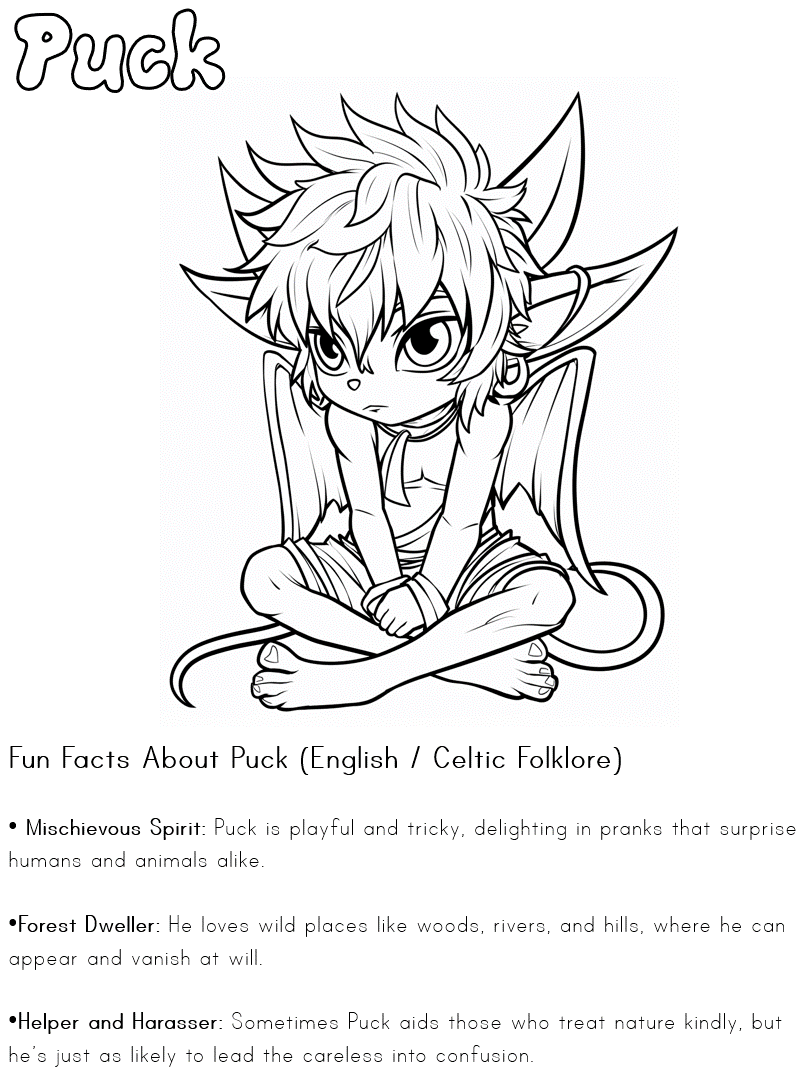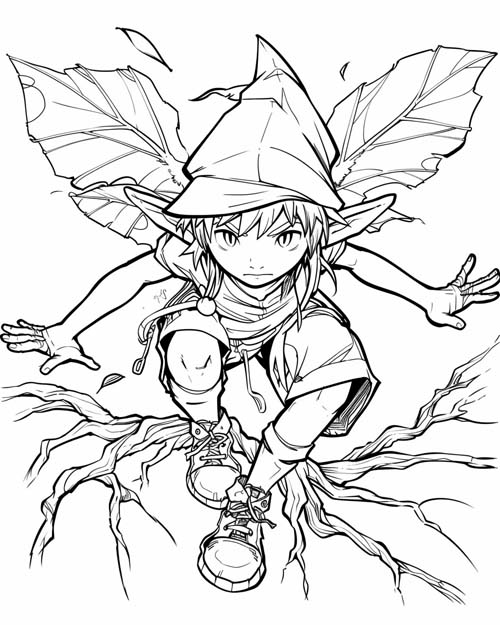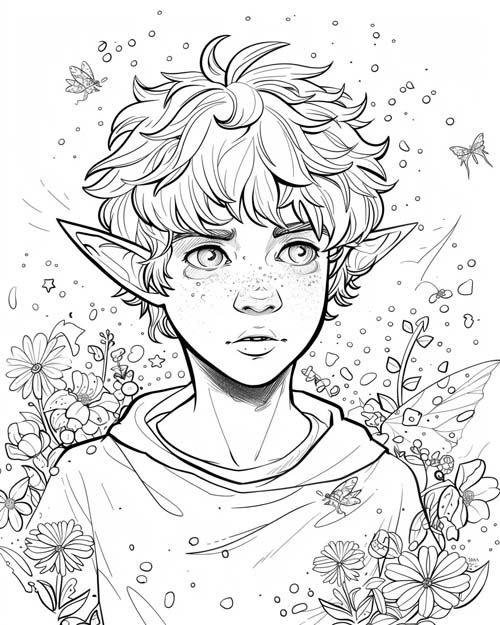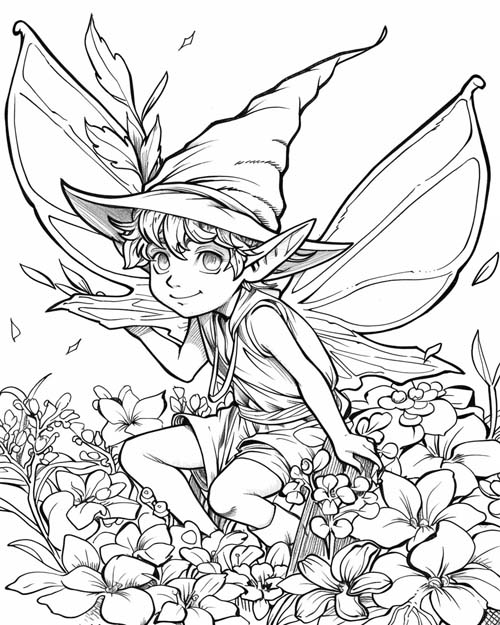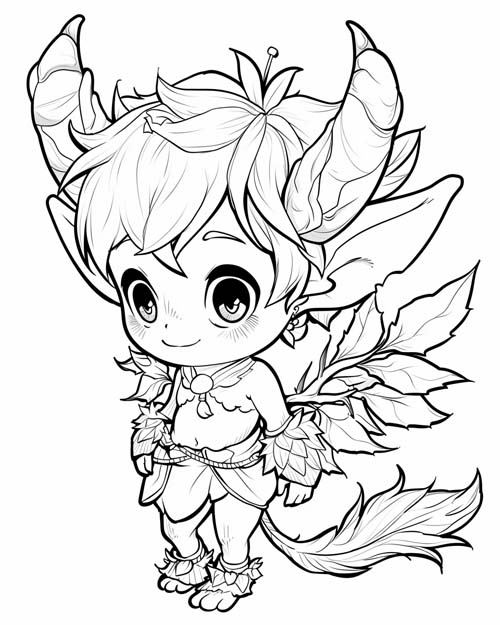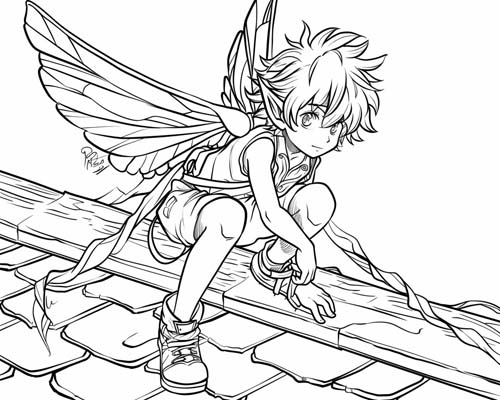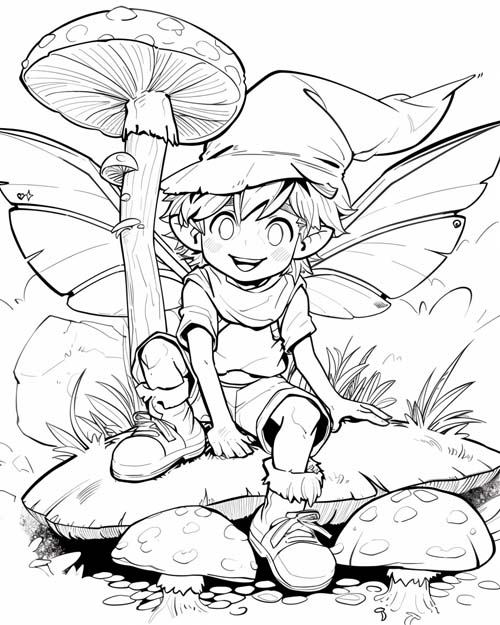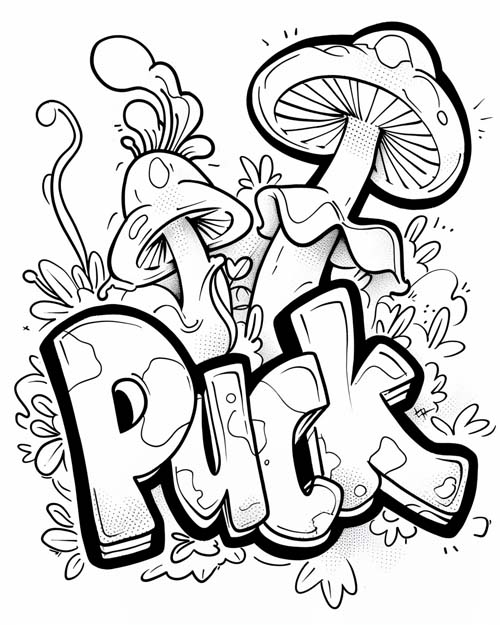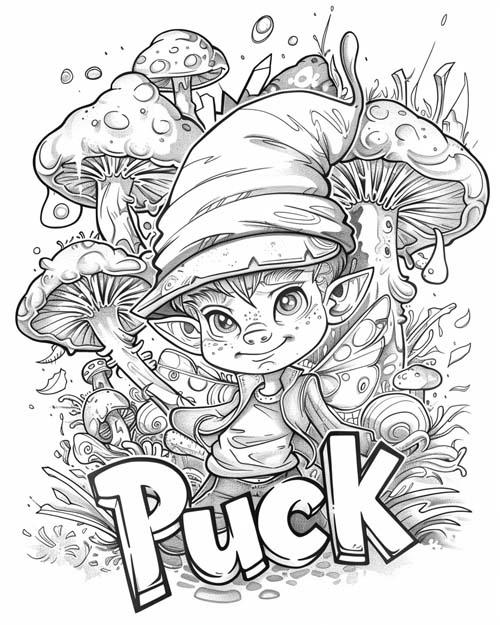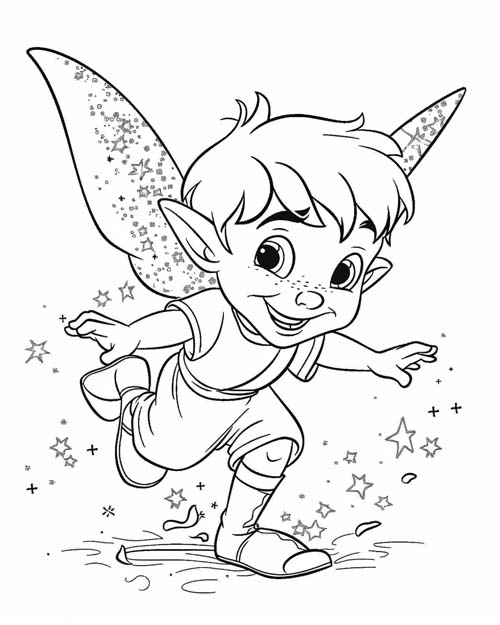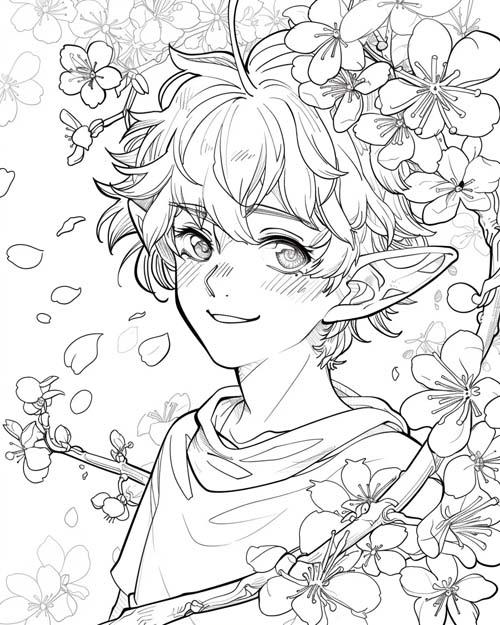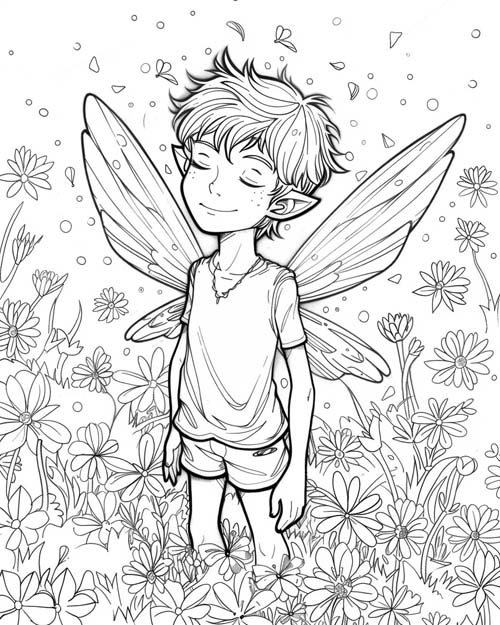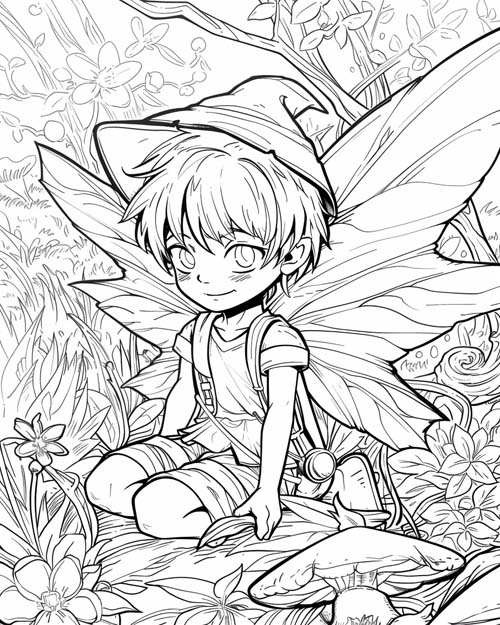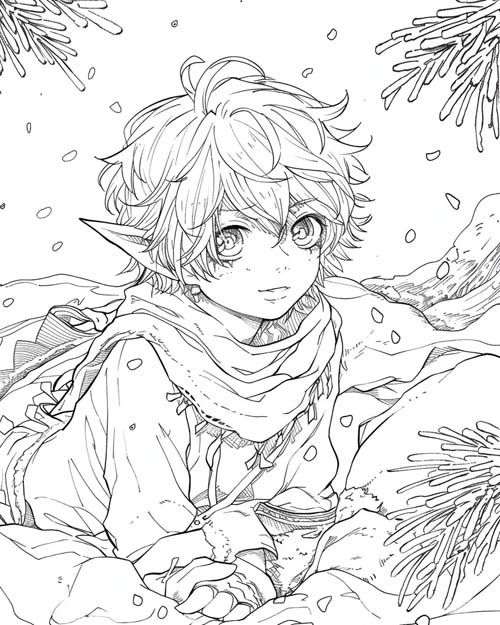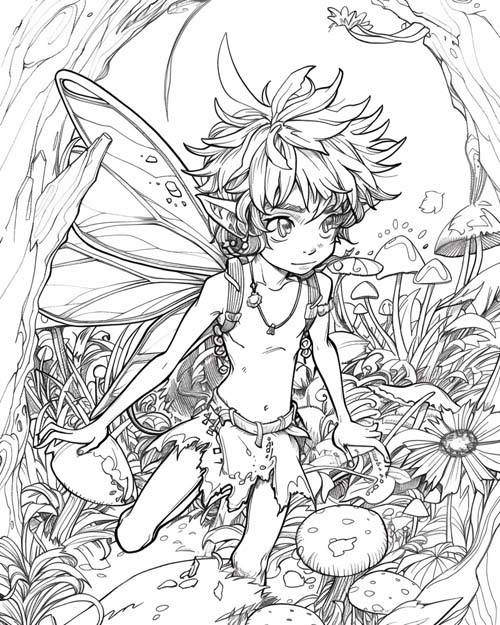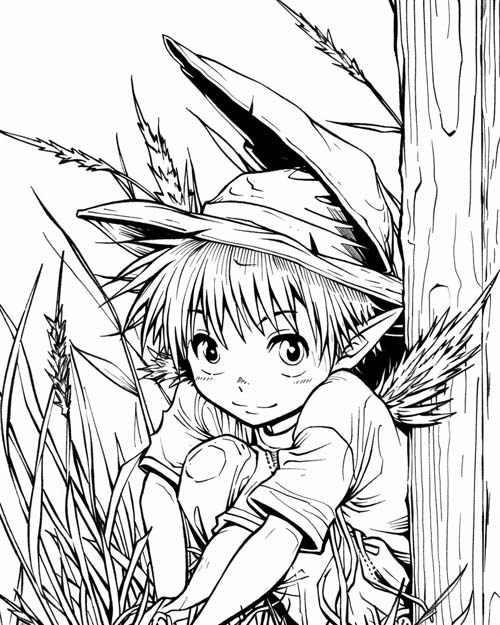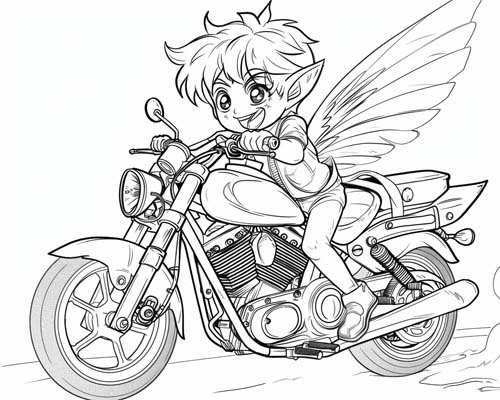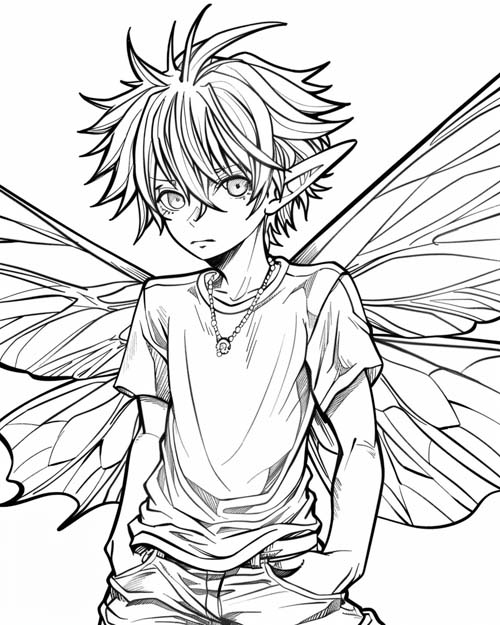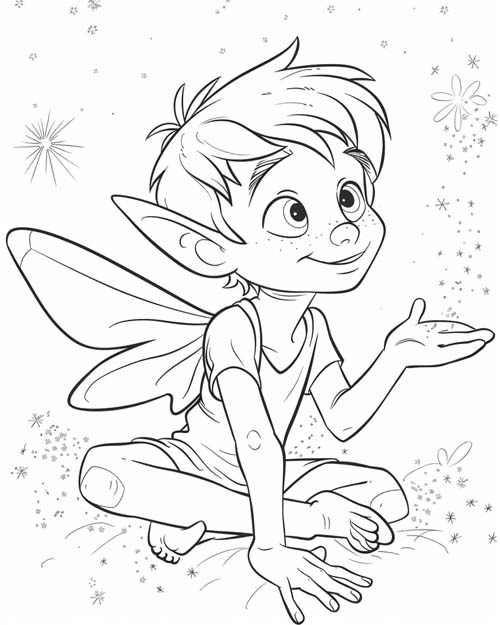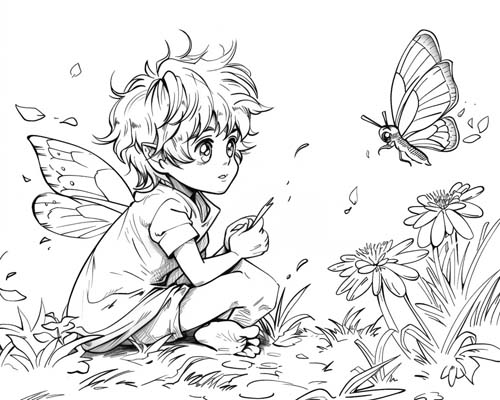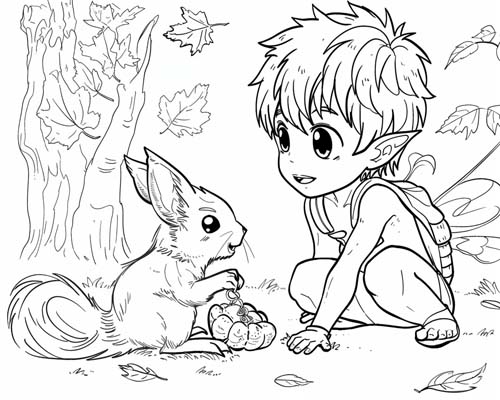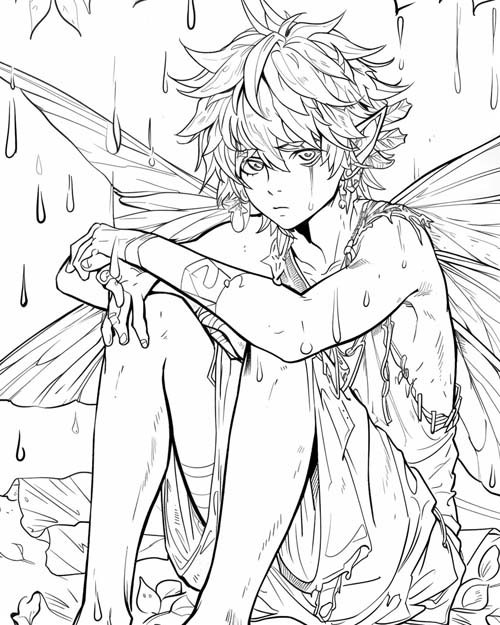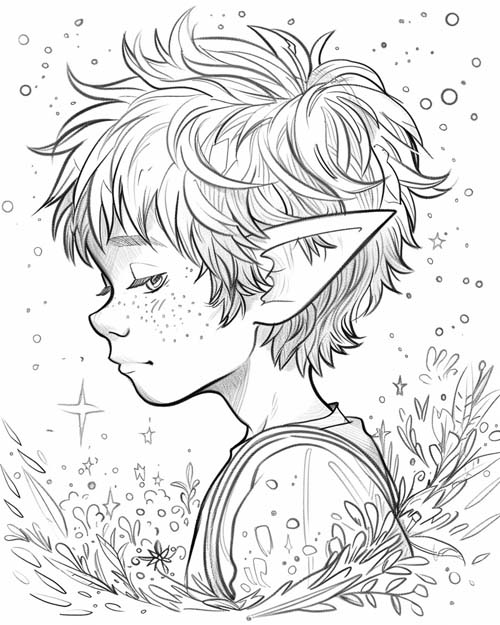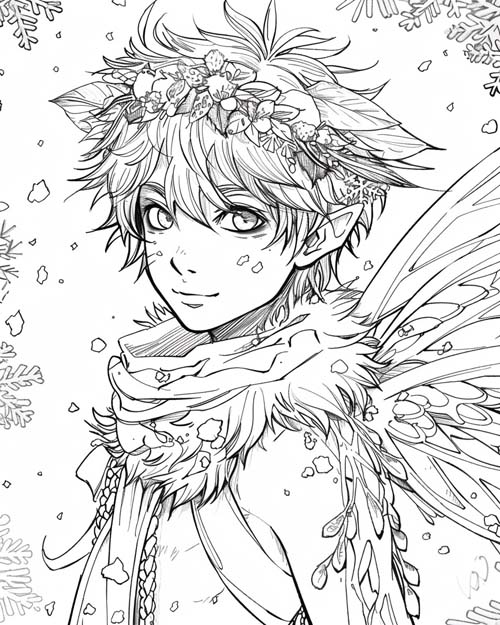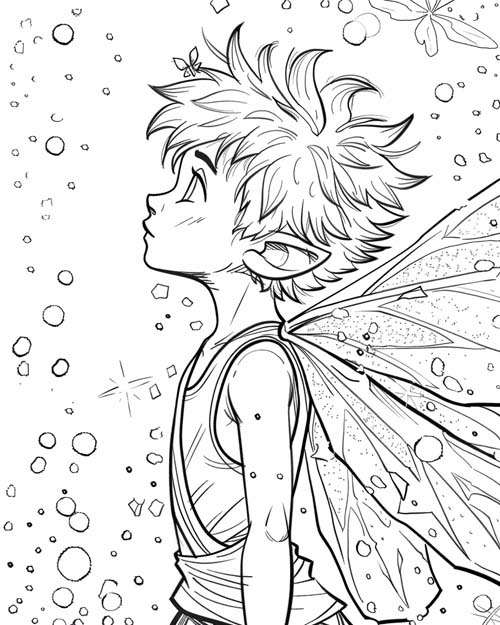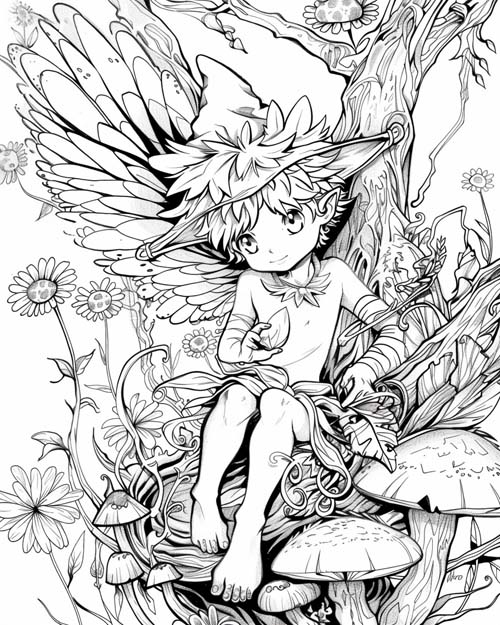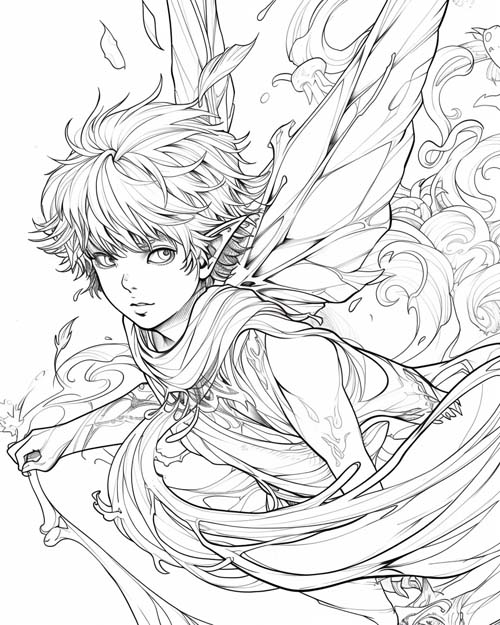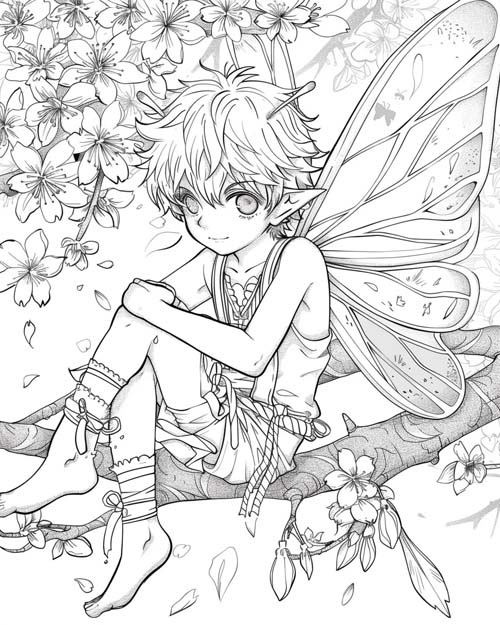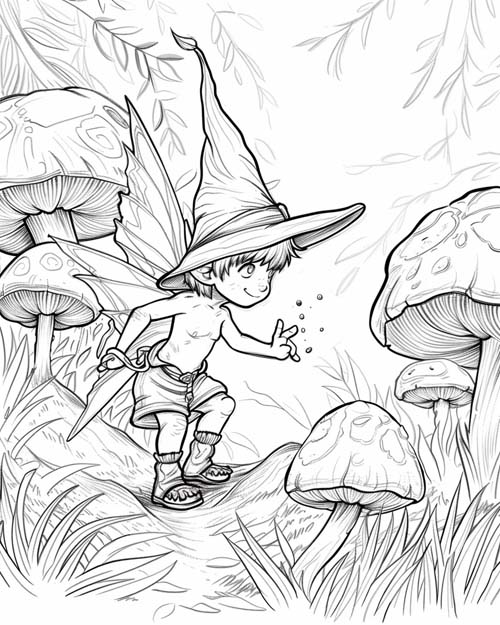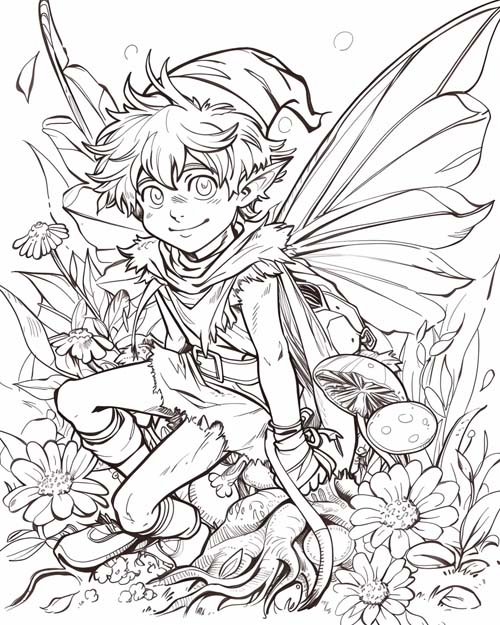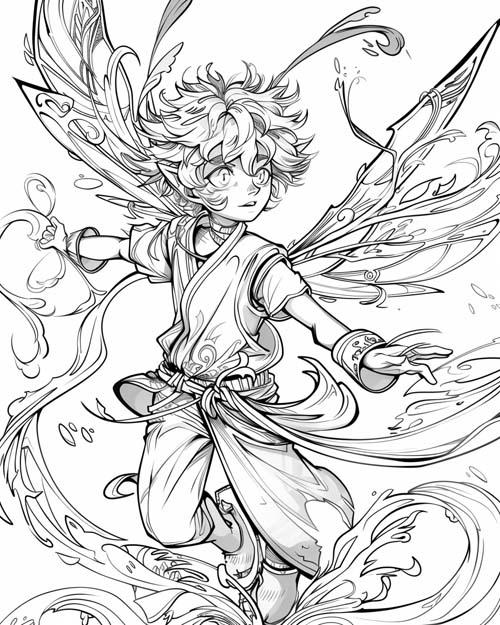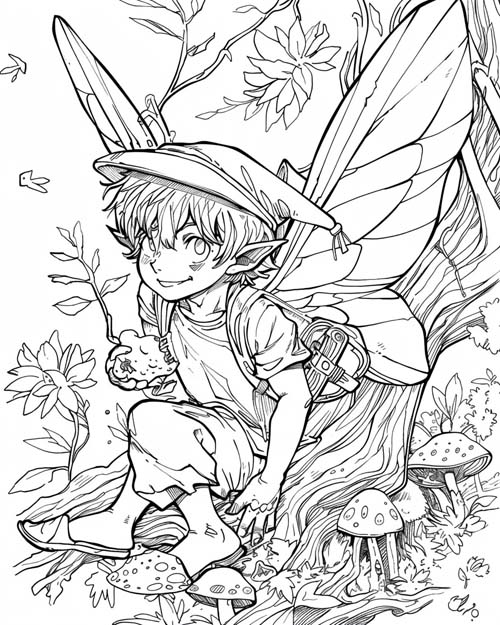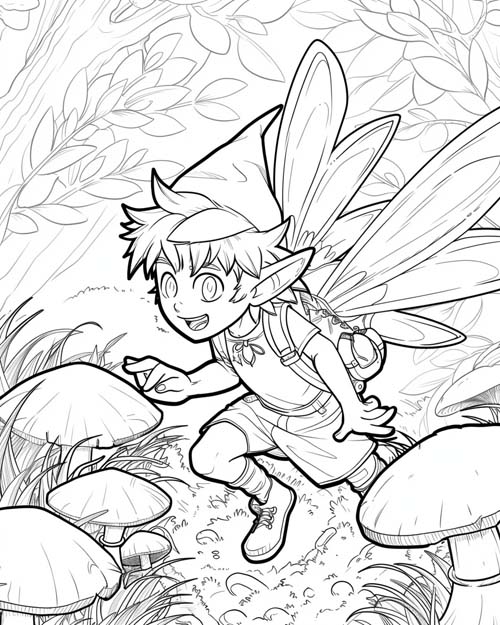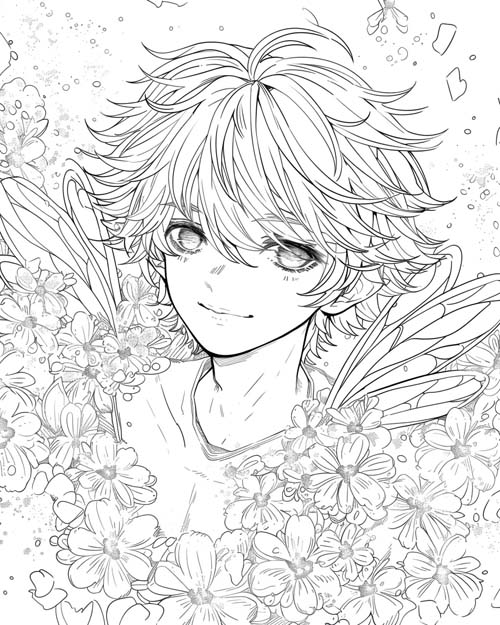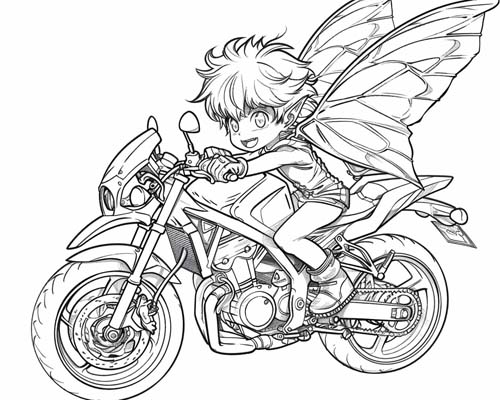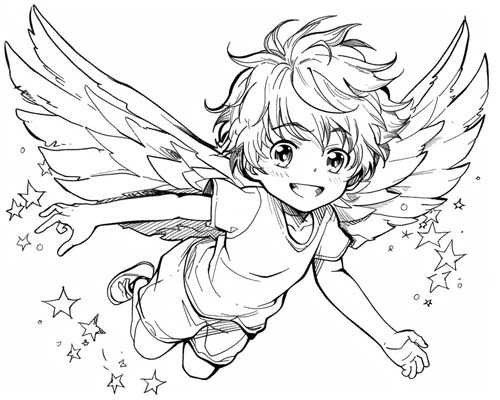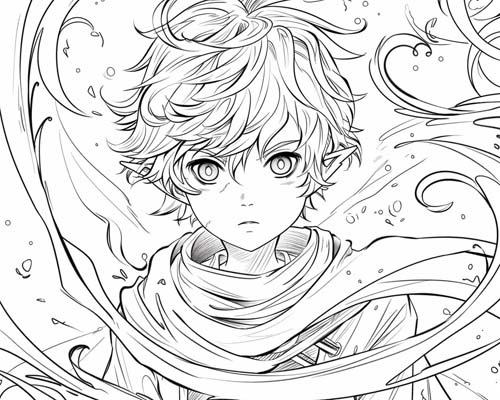Printable Coloring Pages
Robin Goodfellow or Puck from Celtic Folklore Coloring Pages
Robin Goodfellow, also known as Puck, is one of England’s most famous playful tricksters. A mischievous spirit of nature, he loves pranks, playful confusion, and testing cleverness, often teaching lessons in unexpected ways.
From fairy rings to quiet village paths, Puck has inspired stories for centuries, and today he leaps from folklore into imaginative art, inviting creativity and fun.
Puck the Trickster
Puck is one of the most mischievous spirits in British folklore, delighting in playful pranks and clever surprises. He challenges humans and other fairies alike, showing that a little mischief can teach important lessons about wit, cleverness, and humility. Stories about Puck remind us that laughter, curiosity, and clever thinking are powerful ways to explore the world around us.
Robin Goodfellow
Also known as Robin Goodfellow, Puck is a household spirit who appears in tales across England and the Celtic lands. He can be helpful or troublesome, depending on his mood and the behavior of those he encounters. His adventures often involve outsmarting villagers, swapping objects, or creating harmless chaos, highlighting the playful side of folklore.
Nature Sprite
Puck is deeply connected to nature, living in forests, fields, and near streams. He loves to dance, hide, and play among the plants and animals, reminding us that the natural world is full of surprises and wonder. Through his antics, stories show the magic and mystery of the outdoors, encouraging respect and curiosity for the environment.
Puck Causing Mischief in the Village
In many tales, Puck wanders into villages to stir playful trouble. He might hide shoes, lead travelers astray, or cause harmless confusion at a festival. These stories teach that mischief can be lighthearted and entertaining, and they capture the lively, whimsical energy of everyday life in folklore.
Mushrooms, Fairy Rings and Magic
Puck is often associated with fairy rings, the mysterious circles of mushrooms where fairies are said to dance. These magical places are filled with enchantment and wonder, and Puck’s presence reminds humans to be respectful and curious. Fairy rings also inspire imagination and storytelling, showing that magic can be found even in the smallest circles of nature.
Puck, the Night Wanderer
Many tales show Puck roaming under the moonlight, dancing through forests, fields, and quiet villages. At night, his magic is at its strongest, and the world feels full of possibility and mystery. These stories remind us that nighttime can be a moment for curiosity, wonder, and playful adventure.
Robin Goodfellow in the Spring
In spring, Puck dances among blooming apple blossoms, tiny petals swirling around him as he leaps from branch to branch. His playful energy brings the orchard to life, teasing bees or chasing the light as it filters through the delicate flowers.
Robin Goodfellow in the Summer
On warm summer days, Puck wanders through fields bursting with colorful wildflowers. He hides among the blooms, pops up behind tall stems, and weaves through buzzing insects, filling the meadows with laughter and mischief.
Robin Goodfellow in the Autumn
In autumn, Puck glides through forests of leafy wings and scattered mushrooms, blending with amber and gold. He twirls with falling leaves, bouncing from mushroom to mushroom, turning the woodland floor into a playful stage of shadow and color.
Robin Goodfellow in the Winter
Even in winter, Puck is lively in snowy forests filled with pine trees. He dashes across icy paths, leaving sparkling footprints behind, and peeks from behind frosted branches, bringing warmth and clever energy to the quiet, white landscape.
Celtic Influence
Puck’s connection to Celtic folklore comes from faerie traditions in Ireland, Scotland, and Wales. Celtic fairies and spirits often inhabit wild landscapes--forests, hills, and rivers--and possess powers like shapeshifting, vanishing, or influencing the environment. Puck shares these traits, blending clever mischief, magical abilities, and a liminal link to humans. This is where he takes on the “enchanted forest” aesthetic: dancing under moonlight, playing pranks in the wild, and interacting with other magical creatures, reflecting the Celtic imagination and its respect for nature.
Anglo-Saxon Influence
In Anglo-Saxon traditions, Puck--often called Robin Goodfellow--is a household or field spirit who can either help or trick humans, depending on their behavior. These stories bring magic into everyday life, showing that mischief isn’t limited to the wild but also lives in homes, barns, and villages. This blend of domestic life and magical surprise helped shape Puck’s enduring character in English folklore and later literature, giving him a dual identity as both forest trickster and domestic sprite.
Puck's Role in Shakespeare's Tales
In A Midsummer Night’s Dream, Shakespeare popularized Puck as a whimsical trickster of the forest. He carries out Oberon’s orders, using magic to meddle with the lovers and other characters, creating confusion and comic chaos. Shakespeare’s Puck highlights cleverness, playfulness, and mischief, while also embodying the liminal, magical qualities drawn from earlier Celtic and English folklore. He is the mischievous guide between the human and fairy worlds, fully at home in enchanted forests and moonlit glades.
Robin Goodfellow in Modern Times
Today, Robin Goodfellow appears in literature, media, and art as a symbol of playful mischief and clever trickery. He often retains his connection to forests, nature, and pranks but is adapted for children’s books, fantasy stories, and games. Modern portrayals sometimes emphasize his humorous, whimsical side over darker folklore, making him a figure who inspires creativity, imagination, and the sense that magic can lurk in both nature and everyday life.
Robin Goodfellow shows us the joy and cleverness of tricksters in folklore. He moves between forests, fields, and quiet villages, bringing laughter, surprises, and lessons through his playful pranks.
Stories of Puck have been told for centuries across Celtic and Anglo-Saxon traditions, reminding people to be clever, curious, and aware of the unexpected. His antics celebrate imagination, quick thinking, and the wonder of the natural world.
Even today, Puck leaps from folklore into art, literature, and storytelling, inspiring new generations to explore mischief, creativity, and fun. By imagining his adventures, we keep the spirit of Robin Goodfellow alive and invite everyone to enjoy the playful magic of folklore.
